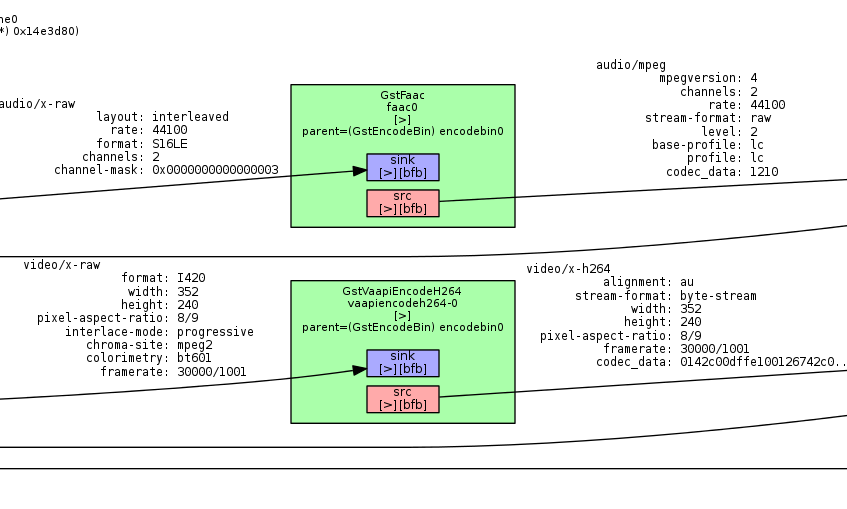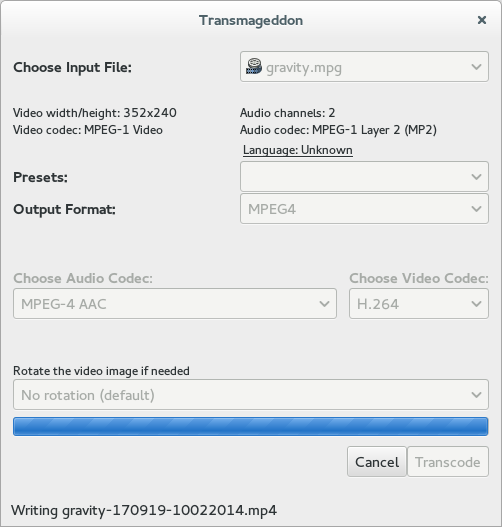So the PiTiVi announced the PiTiVi fundraising campaign on Friday. I sincerely hope they are successful, because I think we really need a good non-linear video editor that runs on the Linux desktop, especially one that is built on top of GStreamer and thus sharing the core multimedia infrastructure of the rest of your desktop. The current PiTiVi team got the right skills and enthusiams in my view to truly pull this off, and their project is scoped in a manner that makes me believe they can pull it off. PiTiVi is already functional and this fundraiser is more about accelerating ongoing development as opposed to creating something from scratch. And their funding requirements for reaching the base milestone is rather modest, for example if just the employees of the 3 main linux distribution companies pitched in 3-4 Euro it would be enough to cover the base funding goal.
But I think this fundraiser is important also beyond the PiTiVi project, because it can serve as a precedent that it is possible to do significant crowdfunding around open source development and thus open the gate for more projects accelerating their development using it. There are a lot of great open source projects out there created on a volunteer basis, which is great and like PiTiVi they will flourish even without crowdfunding, but crowdfunding can be a great way for developers of the most interesting projects to be able to focus solely on their project for some time and thus accelerate its development significantly. So in the case of PiTiVi, I am sure the team will be able to achieve all the goals they have outlined in the funding campaign even if the fundraiser raises no money, but the difference here is if they do it in 1 year or 5 years.
So personally I donated 60 Euro to the PiTiVi fundraiser and I hope everyone reading this blog entry will do the same. Lets give the people developing this and other great open source tools our support and help them make their great software even better. This fundraiser is done by people passionate about open source and their project, because to be fair, no matter if the efforts ends up raising closer to 30 000€ or closer to 100 000 € it is in no way what anyone can call a get rich quick scheme, but rather modest amounts that will let two talented open source developers spend time working fulltime on a project we all want.
And remember whenever a major project using GStreamer gets a boost, it gives all GStreamer projects a boost. For instance in my own pet project, Transmageddon, I am gotten a lot of help over the years from general improvements in GStreamer done due to the involvement from PiTiVi developers, and I have even ended up copying code from PiTiVi itself a few times to quickly and easily solve some challenges in had in Transmageddon.


